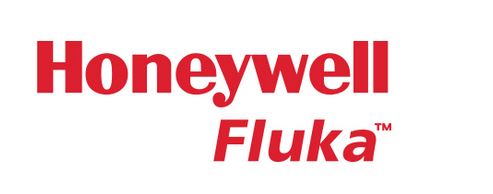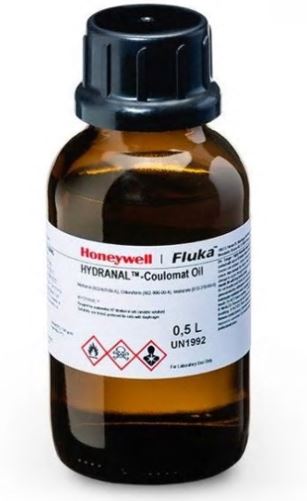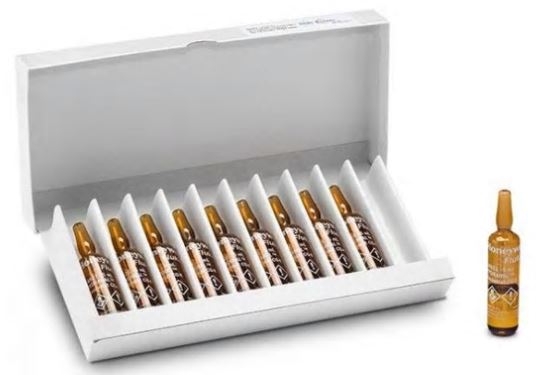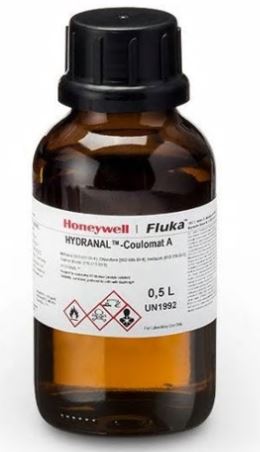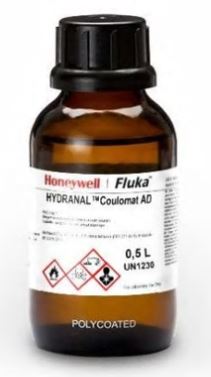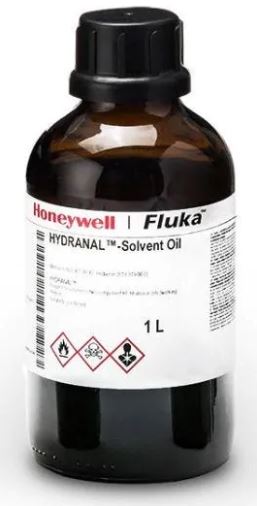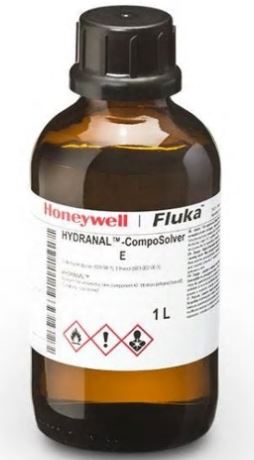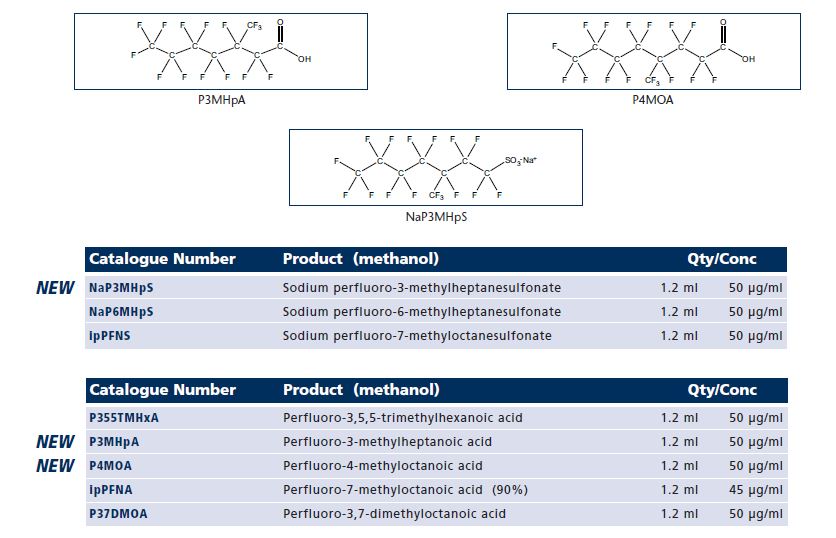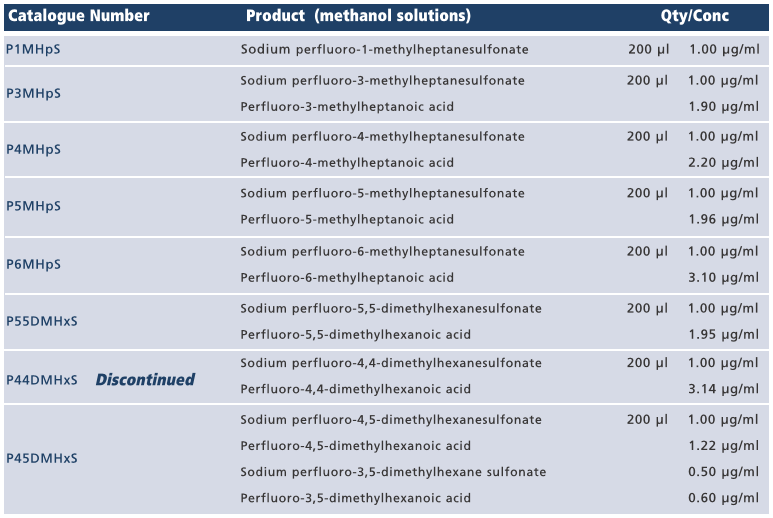Pollution from plastic waste, acknowledged as a major environmental problem of global concern, has reached epidemic proportions with an estimated 100 million tonnes of plastic now found in the oceans, 80-90% of which comes from land-based sources1. Governments this week amended the Basel Convention to include plastic waste in a legally-binding framework which will make global trade in plastic waste more transparent and better regulated, whilst also ensuring that its management is safer for human health and the environment. At the same time, a new Partnership on Plastic Waste was established to mobilise business, government, academic and civil society resources, interests and expertise to assist in implementing the new measures, to provide a set of practical supports – including tools, best practices, technical and financial assistance - for this ground-breaking agreement.
Other far-reaching decisions from the two weeks included the elimination of two toxic chemical groups, which together total about 4,000 chemicals, listed into Annex A of the Stockholm Convention, namely Dicofol and Perfluorooctanoic Acid (PFOA) and its salts and PFOA-related compounds. The latter has till now been used in a wide variety of industrial and domestic applications including non-stick cookware and food processing equipment, as well as a surfactant in textiles, carpets, paper, paints and fire-fighting foams.
Important progress was also made under the Rotterdam Convention, which provides a legally-binding framework for information exchange and informed decision-making in the trade of certain hazardous pesticides and industrial chemicals. Two chemicals, the pesticide phorate and the industrial chemical hexabromocyclododecane were added to Annex III of the convention, making them subject to the Prior Informed Consent (PIC) Procedure, through which countries can decide on future imports of these chemicals. A further decision, to approve procedures and mechanisms on compliance with the Rotterdam Convention – seen as a crucial step for further improving implementation of this key convention - was adopted with great appreciation by Parties.
Working for two weeks in Geneva under the theme of “Clean Planet, Healthy People: Sound Management of Chemicals and Waste”, approximately 1,400 delegates from around 180 countries converged for the meetings of the Conferences of Parties to the Basel, Rotterdam and Stockholm conventions (Triple COPs). Participants benefited from the numerous opportunities and events to exchange information on alternatives to these chemicals, as well as best practices.
Speaking at the closing session of the Triple COPs, Rolph Payet, Executive Secretary (UNEP) of the three conventions, said that “I’m proud that this week in Geneva, Parties to the Basel Convention have reached agreement on a legally-binding, globally-reaching mechanism for managing plastic waste. Plastic waste is acknowledged as one of the world’s most pressing environmental issues, and the fact that this week close to 1 million people around the world signed a petition urging Basel Convention Parties to take action here in Geneva at the COPs is a sign that public awareness and desire for action is high.”
“We were able to list two out of 7 candidate chemicals and will continue working closely with parties to identify feasible alternative solutions to hazardous pesticides, taking due account of food security and market access aspects” added Hans Dreyer, Executive Secretary (FAO) of the Rotterdam Convention.
Notes for Editors:
The Basel Convention on the Control of Transboundary Movements of Hazardous Waste and their Disposal is the most comprehensive international environmental agreement on hazardous and other wastes and is almost universal, with 187 Parties. With an overarching objective of protecting human health and the environment against the adverse effects of hazardous wastes and other wastes, its scope covers a wide range of wastes defined as “hazardous” based on their origin and/or composition and characteristics, as well as two types of wastes defined as “other wastes” – household waste and incinerator ash. See www.basel.int
Plastic Waste
With an estimated 100 million tonnes of plastic in our seas, 80-90% of which has come from land-based sources, the high public profile of this issue is understandable. Reducing waste generation at source, and improving waste management thereafter, would go a long way towards solving this problem. For more on this see: http://www.brsmeas.org/?tabid=4332&blogId=5169 and http://www.brsmeas.org/tabid/7656/Default.aspx
The Rotterdam Convention on the Prior Informed Consent Procedure (PIC) for Certain Hazardous Chemicals and Pesticides in International Trade, is jointly administered by the United Nations Food and Agriculture Organization (FAO) and UN Environment (UNEP). The 161 Parties to this legally-binding Convention share responsibility and cooperate to safely manage chemicals in international trade. As of the end of this COP, 52 chemicals and pesticides are listed in its Annex III. The Convention does not introduce bans but facilitates the exchange of information among Parties on hazardous chemicals and pesticides, and their potential risks, to inform and improve national decision making. In addition, through the PIC Procedure, it provides a legally-binding mechanism to support national decisions on the import of selected chemicals and pesticides in order to minimize the risk they pose to human health and the environment. See www.pic.int
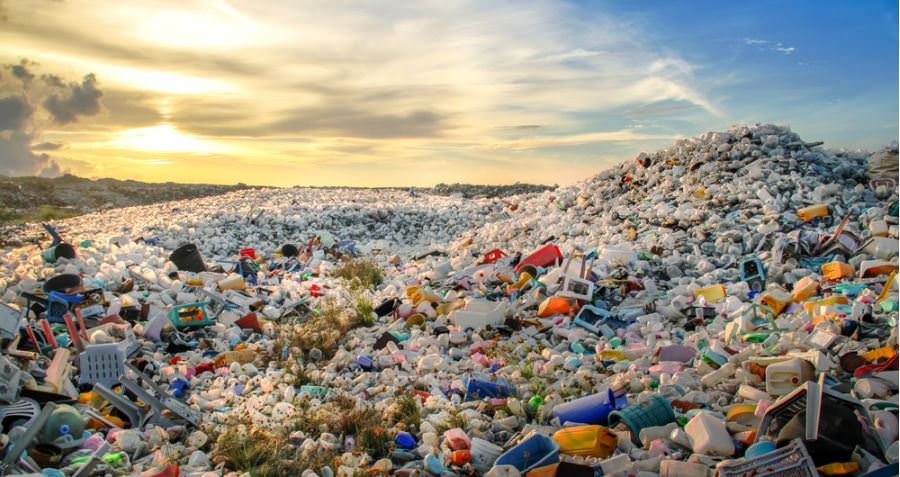
Listing of Chemicals: Pesticides and Industrial Chemicals under the Rotterdam Convention
The newly-listed chemicals are phorate (a pesticide) and hexabromocyclododecane (an industrial chemical) these chemicals would be included in the prior informed consent (PIC) procedure enabling better-informed decision-making on the trade in chemicals, thereby protecting human health and the environment. More information on these chemicals is available at: http://www.pic.int/tabid/1185/Default.aspx
The Stockholm Convention on Persistent Organic Pollutants is a global treaty to protect human health and the environment from chemicals that remain intact in the environment for long periods, become widely distributed geographically, accumulate in the fatty tissue of humans and wildlife, and have harmful impacts on human health or on the environment. Exposure to Persistent Organic Pollutants (POPs) can lead to serious health effects including certain cancers, birth defects, dysfunctional immune and reproductive systems, greater susceptibility to disease and damage to the central and peripheral nervous systems. The Convention requires its Parties to take measures to eliminate or reduce the release of POPs into the environment. As of today, this legally-binding Convention has 182 Parties, giving it almost universal coverage. As of the end of this COP, 30 chemicals of global concern are listed under the Stockholm Convention. See www.pops.int
Listing of Chemicals: Persistent Organic Pollutants (POPs) under the Stockholm Convention
The two new chemicals listed in Annex A to the Stockholm Convention are the pesticide Dicofol, and Perfluorooctanoic acid (PFOA) its salts and PFOA-related compounds (some applications with time-limited exemptions). Listing in Annex A to the Convention obliges Parties to eliminate these chemicals from use. The two chemicals are listed on the basis of a robust review process addressing risks, management options and alternatives by the UN’s POPs Review Committee. Dicofol is used as a miticide on a variety of field crops, fruits, vegetables, ornamentals and tea and coffee and is known to cause skin irritation and hyperstimulation of nerve transmissions in humans as well as being highly toxic to fish, aquatic invertebrates, algae and birds. PFOA is a widely-used industrial chemical used in the production of non-stick cookware and food processing equipment, as well as a surfactant in textiles, carpets, paper, paints and fire-fighting foams. As a substance of very high concern, it is known to be linked to major health problems including kidney cancer, testicular cancer, thyroid disease and hypertension in pregnancy. More information on these chemicals is available in factsheets at: http://chm.pops.int/tabid/243/Default.aspx
For BRS conventions general media enquiries see: www.brsmeas.org or contact:
Charlie AVIS, Public Information Officer (UN Environment), Geneva
+41-79-730-4495
Full article courtesy of www.brsmeas.org

